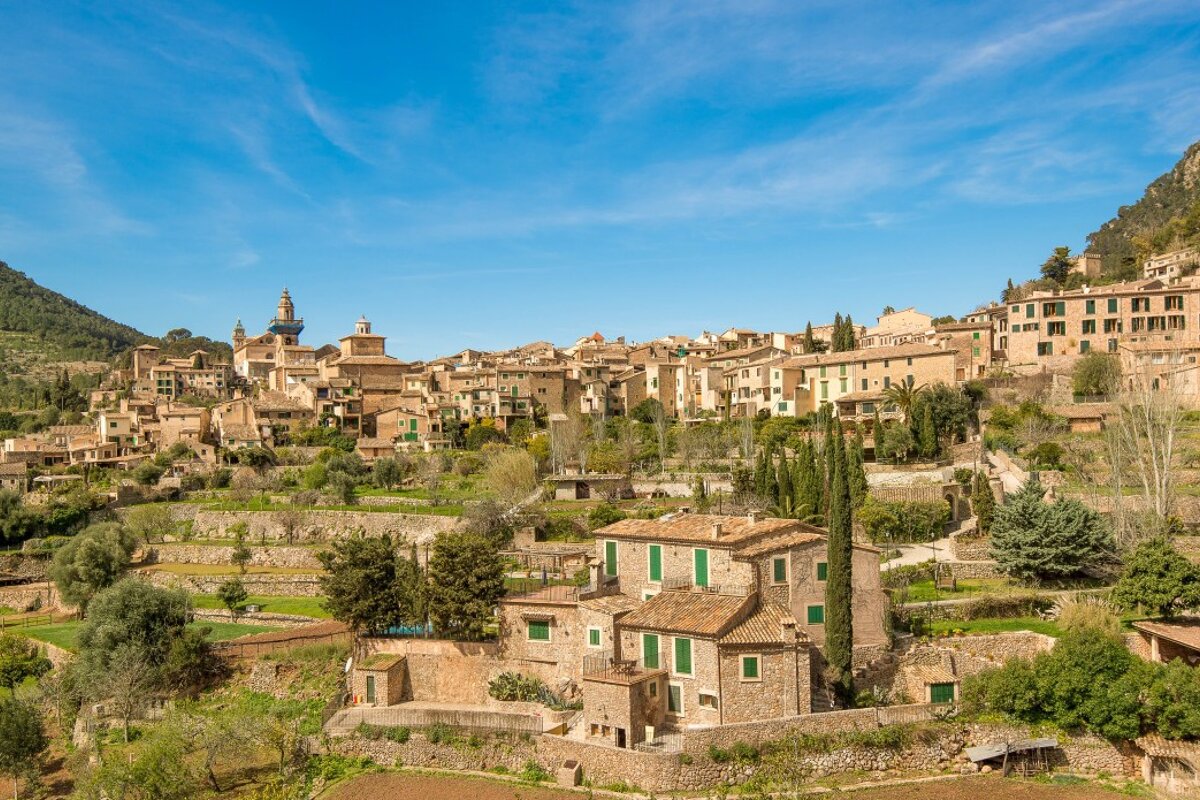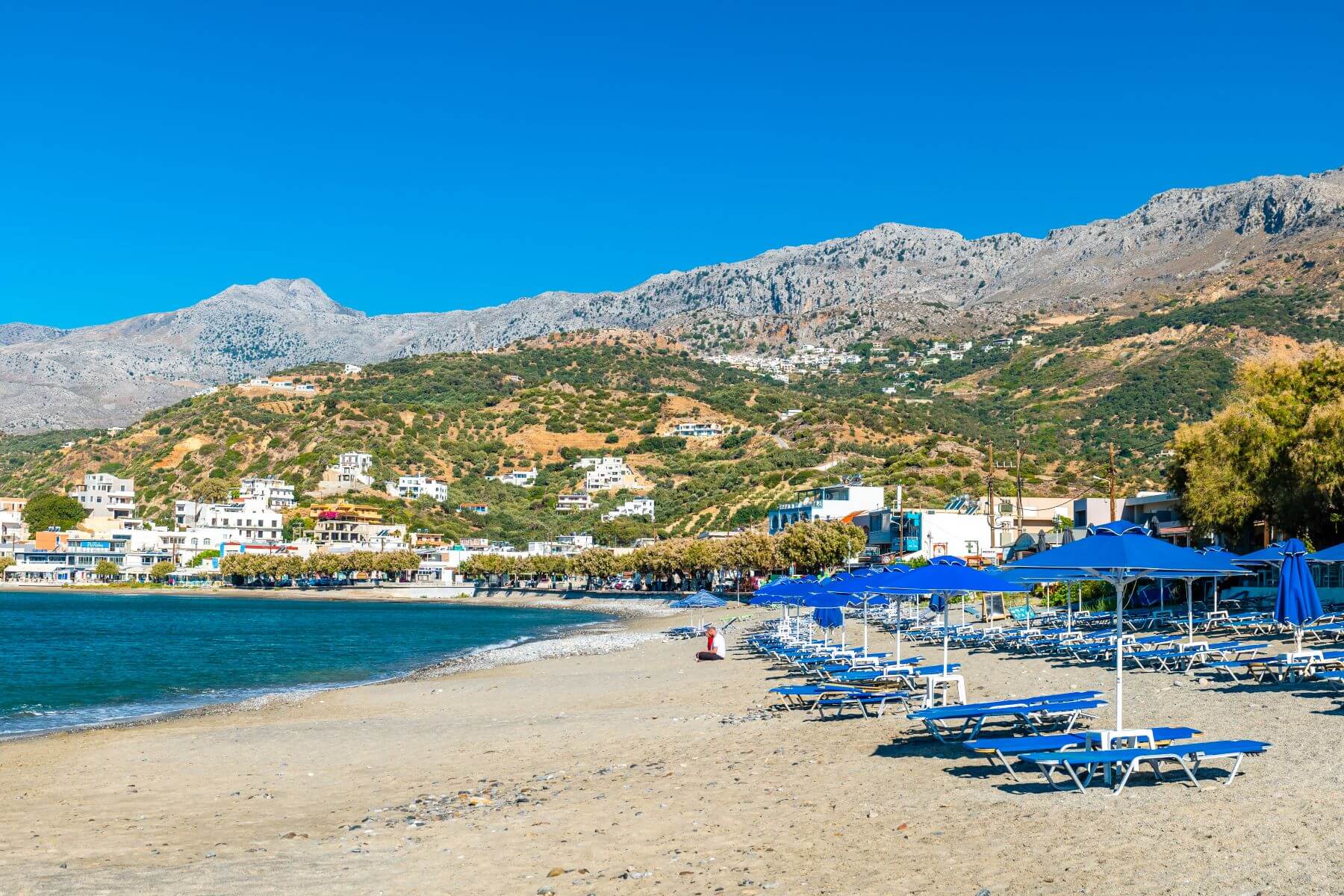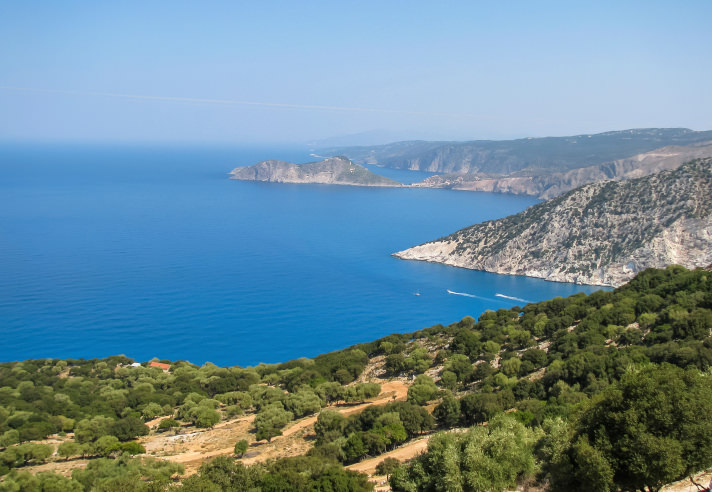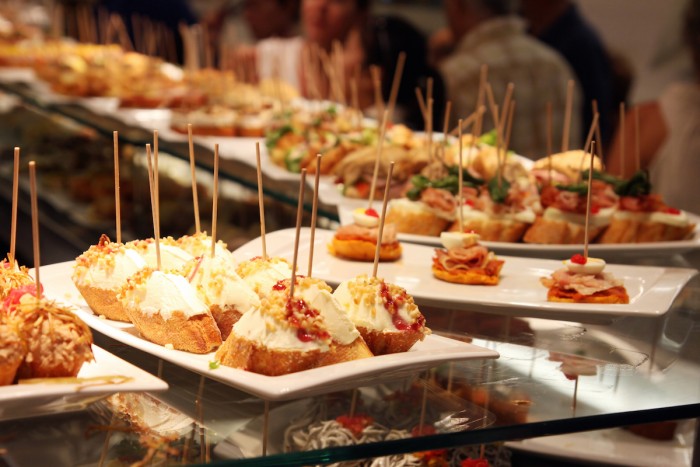Due to its unique location, Valloire is the ideal starting point for a sporty holiday.
For true tour enthusiasts and cycling tourists who go for the ultimate challenge, the French Valloire high in the Savoie is a well-known place. Just outside the charming village, the Col du Télégraphe is located here, one of the most difficult mountains in the French Alps. On the south side of Valloire you will find another mountain, executioner in the Tour and who has been there will never forget it: the famous Col du Galibier. The bad news is that you can only conquer the Galibier if you climb the Col de Télégraphe as a starter or climb up the Col du Lautaret (2,058 meters) along the southern side.
You do get something in return, because conquering the Col du Galibier with a height of 2,641 meters is not an easy task for every cyclist or tour cyclist. The distance from the foot of the climb to the top from the direction of Briançon is also almost 37 km. At the top of the Galibier you will find the monument which is placed in memory of Henri Desgrange, the first director of the Tour de France.



Our route goes from Montgenévre via Briançon over the Col du Lautaret and the Galibier to Volloire. The descent of the Col du Galibier is breathtakingly beautiful and one that you will not soon forget. More than 5 kilometers before you reach Valloire you have to squeeze the brakes hard at the sign of La Poutre for three reasons. The first is the most important, whoever has taken the Galibier deserves some rest, the second is that you can enjoy the local cuisine at La Poutre with especially a lot of sausage, cheese and good beer. The third is that if you get off your bike and look back you enjoy a fantastic view towards the Col du Galibier and big brother the Grand Galibier. Once you settle down in the chairs at this cozy restaurant in the vast landscape, you don’t really want to go up, it’s so beautiful.



Valloire
The village of Valloire in the Savoie is a cozy winter sports resort in winter, which is reasonably snow-sure due to its high location. The Savoie is characterized by its beautiful green slopes surmounted by the rough rocks with peaks towards 3,000 meters. In summer Valloire is lively and there are many free activities for children. From the village you can take a gondola lift further up, after which a chair lift takes you to a mountain lake where you can literally fish at height. It is also the starting point for beautiful and long walks. Valloire and hiking go hand in hand in summer.
The people of Valloire are still proud of their church built in the 17e century by the inhabitants themselves. The architect came from nearby Piemonte because at that time belonged to the kingdom that also included Sardinia, Savoie and Piemonte. It was the time of the Counter-Reformation and therefore Baroque, which can be seen in the completely wooden altar decorated with gold leaf. With 241 angels depicted in the 11 meter high church, you literally imagine yourself in heaven.
The municipality of Valloire consists of 17 ‘hameaux’, smaller hamlets that are comparable to Dutch church villages and has almost as many 16 chapels. In the village they are now less enthusiastic (and that is an understatement) about ‘Le Tour’ because this year the Galibier was also on the program of the Tour de France. The stage over the Galibier and thus through Valloire was forced to change because of the danger of collapse of one of the tunnels on the south side of the famous mountain. For tourism, this meant massive cancellations for hotels and catering. Still, they don’t have to complain because the campsites and hotels are normally always full of hikers and fanatic cycling tourists.

Brasserie Galibier
Brasserie Galibier (the name says it all if you pronounce it differently) was founded in 2010 by Brice Le Guennec and Pierre-François Martin (also the son of our guide Jacky Martin). Started out like so many small home breweries and are sprouting like mushrooms today. It always starts as a hobby where family and friends can taste first. The amateur brewers soon decide to sell the beer to some cafes and supermarkets.
The beer is quickly becoming popular. According to our brewer Brice, in a wine country like France they also like beer and the French have a refined taste. They taste it when it’s a good, small-scale beer and not 13 in a dozen lager. They import their hops from the US. The water comes from the glacier de la Clapière, at the foot of the Galibier. This is where all the water of Valloire comes from. The Galibier beer is now doing well, there are still 4 people working alongside their friends and the beer is also exported to Scotland and Belgium. With a turnover growth of 40% per year, a larger building is now also being looked at. The big brewers have already knocked on the door a few times, but the founders have no intention of selling their success now.
Thanks in part to the support from the village and the local population, they can compete against large brewers such as InBev. The local restaurants and bars continue to serve Galibier, despite the dissatisfaction of the major competitors. Also at local events, the Galibier beer takes center stage in this large area. The beers we tasted (being a blogger remains a tough profession) were Avalanche, Alpine, Matchut, Imperial IPA. The common denominator is that all Galibier beers are spicier and clearly fit this area. And sometimes the beer is simply the best in the region where it is brewed.



Fort du Telegraphe
If you go from Valloire to the top of the Col du Télégraphe, you will come across a sign in the bend known for cyclists to the Fort du Télégraphe, built in 1890, accessible via a long narrow gravel road along the steep side of the col. Fort du Télégraphe is one of the many forts built to defend against Italy, which were allied with Germany and Austria and part of the later Maginot Line (this was a French defense line built between 1930 and 1938 on the borders with Belgium, Luxembourg and Germany and Italy).
Standing at 1,585 meters high, the fortress looks out over the Maurienne Valley in all directions due to its unique position. If you look on top of the highest point of the fortress you understand its strategic location. In wartime 200 soldiers stayed here. Don’t ask what the accommodation was like as at the time it consisted of little more than a bed and a hook for your clothes. Inside, the fortress is now a museum and has a surprising number of remarkable attributes that give you an insight into the basic life of soldiers before both world wars high in the mountains. It certainly wasn’t a party.
Somewhere in 1793 someone invented the (optical) telegraph with which messages could be transmitted over a great distance. Under Napoleon a line was established from Paris, via Lyon, Turin and Milan to Venice. In 1813 this line even ran temporarily from Amsterdam to the Mediterranean Sea, but it was discontinued because no one saw its usefulness. Maurienne, however, was strategically located and had its own telegraph post. The name for the col was then no more than a logical consequence. In the high season there are excursions and you can dress up in old army clothes and have your photo captured for posterity.




Via Ferrata: the iron road
Via Ferrata is a term originally from mountaineering and literally means from ‘iron road’. If you are invited to take a nice trip in the mountains via a Via Ferrata, you may think of a bridge and ramps made of iron. You can forget about that because a Via consists of a course along a rock wall laid out with steel cable. This steel cable is attached to the rock wall at regular distances (between 3 and 6 meters) by means of hooks and is intended as a security for the users of this, in a mild way, way to walk along a rock wall regardless of the height of the rock. the mountain. The cables are therefore used to stand up and to keep your balance or to pull yourself up on them. In addition to the steel cable, you will also find other aids on a via ferrata (especially on the more difficult parts) such as supports for hands and feet. If you are afraid of heights, we recommend that you refrain from this spectacular way of mountaineering.
Just outside Valloire there is such a Via Ferrata and according to the guide it is really for beginners. An understament because whether you are only 80 meters above a steep wall or 220 meters, who cares, when you stand there there is nothing below you and you do not dare to take your feet off the steel cables or irons. Shuffle, don’t look down too much and carefully put your fuse past the hooks in the rock wall.
You get the dessert of the Via Ferrata once you get to the top. Where with a pulse of 150 you are happy to have reached the highest point and just think ‘this was it’, a bend further on a gangway of 5 meters long and 30 cm wide over a ravine awaits as a surprise. You can walk over this where the anchoring is only on the side, or almost with free hands. Well, such a Via Ferrata is a party for people without a fear of heights. We don’t say how deep it is under the shelf. To find out, you just have to take a look at this beautiful area for yourself.


It’s so much fun to go on the entire route of the Via Ferrata in Valloire. Good footwear and cycling gloves are highly recommended. Duration of this high level party is approximately two hours. Reservations can be made through the Office du Tourisme in Valloire.








